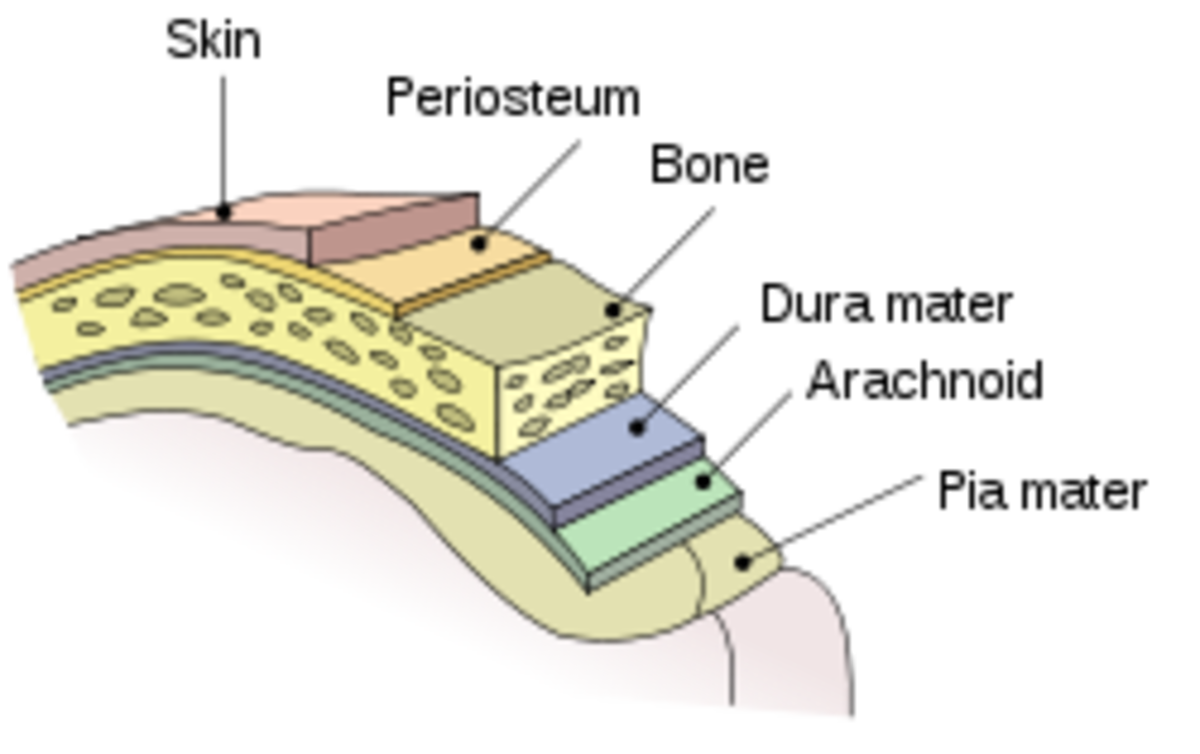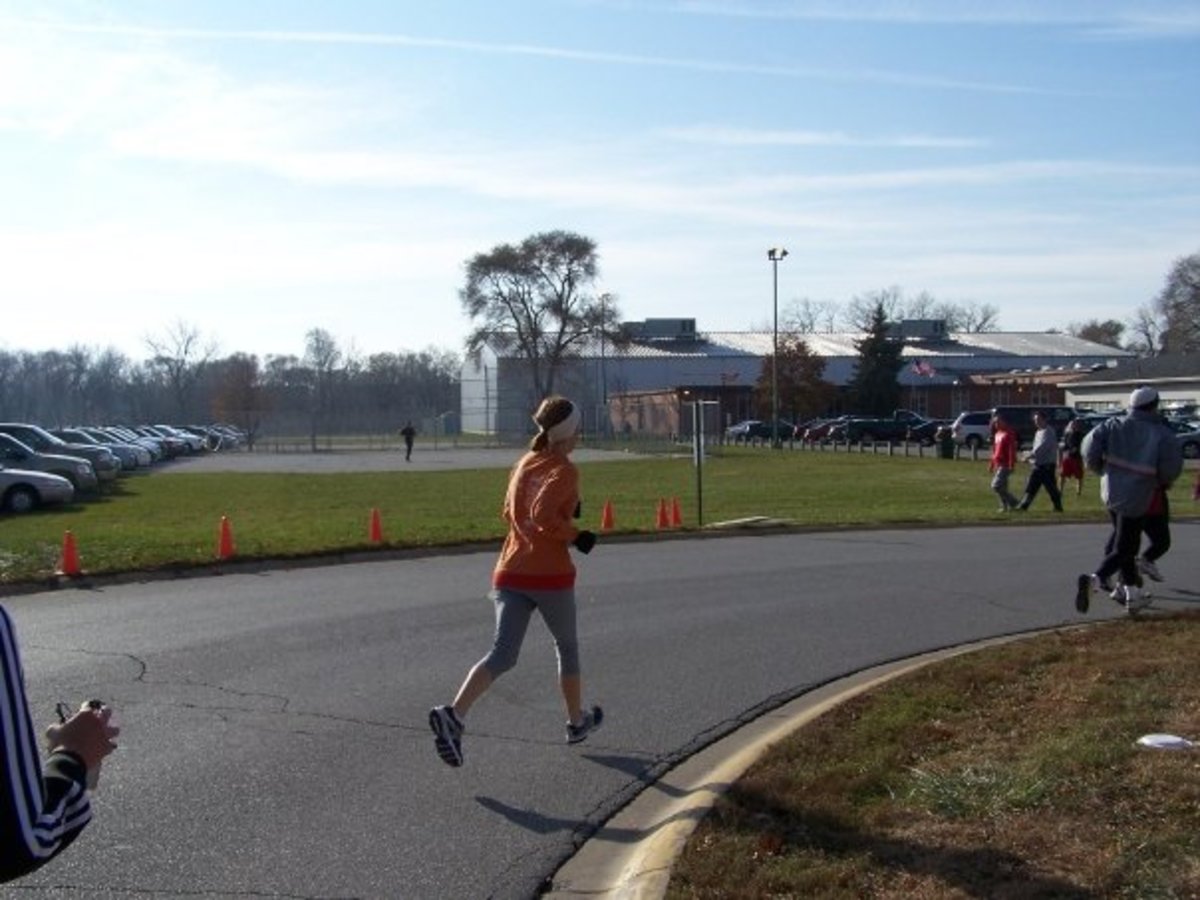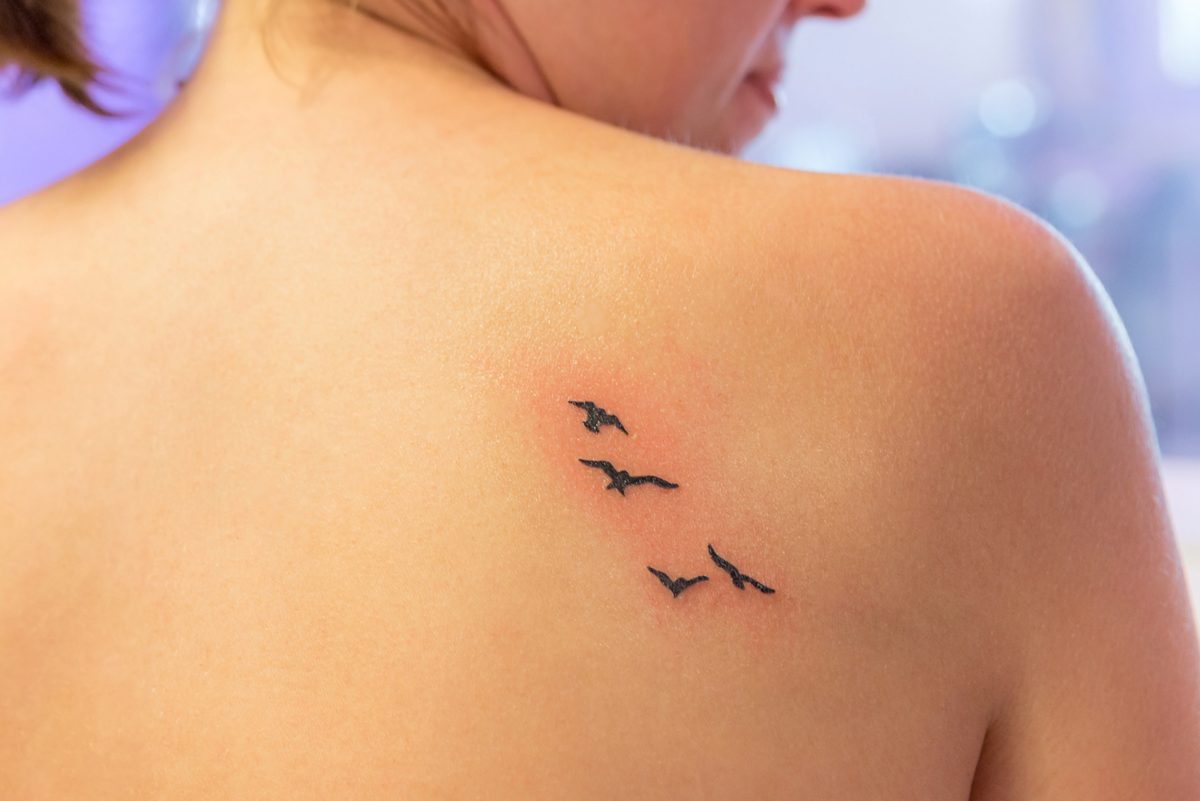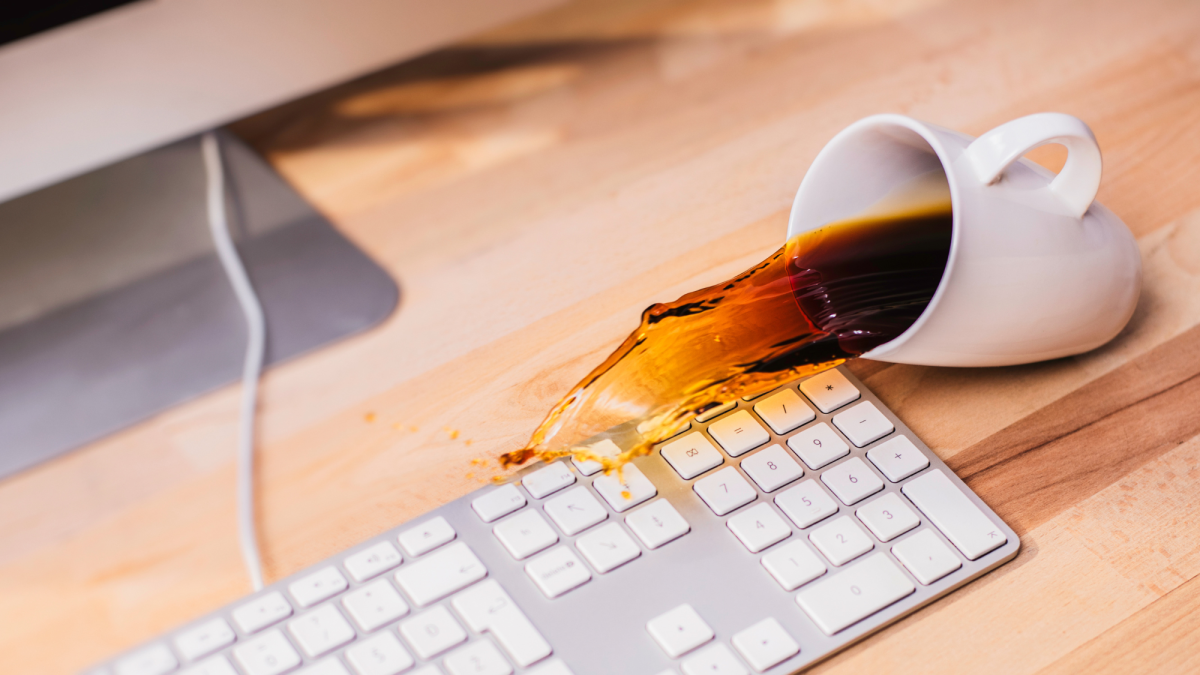How to Avoid Common Sports Injuries in Kids
All Sports Have a Risk of Injury
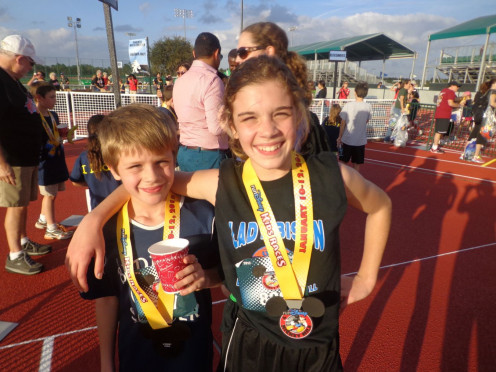
Did You Know?
- Staying well hydrated with WATER before, during and after sports helps your body stay healthy and strong and can lead to less injuries.
- A well balanced diet with plenty of lean protein and dairy can help strengthen muscles and bones to make them less susceptible to injury.
- Although sports drinks are good if you are active for several hours, many kids drink too much and consume way more sugar than they should through sports drinks. If water alone does not seem to help your child cool down, drink one sports drink and then go back to water.
Tips to Avoid Common Sports Injuries
As a mother of two athletic kids, a volunteer coach, and a runner myself, I have seen my fair share of sports injuries. Although some sports are more dangerous than others, there are some injuries that are common across many sports. Ankle, shoulder, and knee strains and sprains are the most common injuries I have seen in children between the ages of 5 and 16 years old. However, many of those common sports injuries can be prevented by following a few simple tips.
Tip #1- Stretch, Stretch, and Stretch Again
Stretching for at least five to ten minutes before physical activity is very important. If your youth sport program is not building stretching into practice time, be sure to have your child arrive early and stretch on their own. Child athletes should also stretch after physical activity as well. Many strains, sprains, and pulls are due to children not stretching properly. The best way to stretch all muscles in your body is to do a light jog for five minutes to get your muscles warmed up; then work from your shoulders down your body to stretch all other parts of you body. Finally, go back and do more intensive stretches in the areas of the body that will be used the most during the sporting activity.
Tip #2-Avoid Dental Repair-Get a Mouth Guard
Although mouth guards have become more fashionable over the years, many kids still hate to wear them. The result of not wearing a mouth guard can be bloody tongues, cut cheeks, or even knocked out teeth. Mouth guards can run from $1 up to $20, and believe me that expense is minimal compared to extensive dental work or cosmetic surgery. Wearing a mouth guard is not a guarantee that you will avoid all mouth related injuries, but is sure reduces the risk!
Tip #3-When In Doubt, Wrap it Up
If your child has an ankle or joint that seems a little sore, it is best to keep it wrapped during physical activity. There are many types of wraps, and if you are not sure which one is best for your child, check with your school's trainer or ask your family doctor to recommend the best preventative wrap to use for your child.
Tip #4- Wear the Right Shoes Outside of Sports
Although many parents spend a lot of money getting all the right equipment and cleats for their child to wear during sports activities, many parents don't realize the importance of good footwear outside of sports. Sometimes children may weaken an area of their body and if they continue to walk around all day in shoes that don't give them proper leg, ankle and back support, they can cause the injury to get worse, without even realizing it. It is also a good idea to only let your child wear flip-flops a few hours a day, since they offer no ankle, arch, or back support, which if worn all the time, can weaken the ankle and foot arch area.
Tip #5- Always Make Sure Your Child Has the Right Size
When you are purchasing protective gear or footwear for a sport, make sure you consult with the coach or a trainer on how the equipment should fit and what size you should be purchasing for your child. Incorrect shin guards, pads, cleats, or other equipment could leave you child more vulnerable to injury.
Warm Ups and Stretching for All Sports
Prior to doing any stretching, it is important to warm up your muscles a little. If you stretch without doing a warm up activity, you are doing what is called 'cold stretching' and it can often lead to back and hamstring injuries. Warm ups can consist of jumping jacks, a light jog around the court or field a few times, or skipping. After a few minutes of a warm up activity, all muscles in your body should be stretched, but the muscles used most in the sport should get extra attention. For example, a basketball player should stretch their shoulder muscles a little more, but still stretch all other areas of their body as well. See the videos to the right for some warm up and stretching exercise ideas.
Avoiding a Re-injury
If your child does experience an injury while playing sports you should do the following:
- Get the child to a doctor or emergency room within a few hours of the injury. It is always better to be safe than sorry!
- Follow your doctor's advice completely and see a physical therapist if needed.
- If your child does not start improving within a few days after the injury it may be necessary to see an orthopedic doctor or get a second opinion on the injury.
- Your child should avoid physical activity for a few days and try to rest the injured area as much as possible.
- When your child is released to resume sports, PROTECT the injured area!
My daughter hurt her ankle one year in spring soccer, and we did everything the doctor said. It got better as the season went on and by basketball season she wasn't having any problems at all. The following spring we forgot all about her ankle ever being hurt and during the first game someone kicked the same are and she was in extreme pain again. We could have avoided that my wearing an ankle brace all the time during soccer. We have learned the hard way how important it is to prevent re-injury. Many kids wear braces and other support devices while playing sports just to avoid re-injury and believe me, it is worth it!
We also learned the importance of doing conditioning exercises on the off season to avoid re-injury. By strengthen the injured area your child can reduce the risk of re-injury. Some sports clubs, YMCAs, and schools offer off-season conditioning sessions for specific sports. If there is not something like this available in your area, talk with your doctor or a physical therapist about the best conditioning exercises for the sport your child plays.
How Much Do You Know About Sport Related Injuries?
view quiz statisticsAll the information in this article is based on personal experience as a mom of two athletic children and years of coaching youth sports. It is always best to discuss your child's activity and prevention techniques with your family doctor since every child is different. Despite following these tips, some children may still have a sports related injury, and if so, it is important to consult with a doctor rather than treat the injury yourself. Many children can have lifelong problems if an injury is not dealt with properly.




